Subject: Modern timelapse photography with Nikon cameras and our problems with Snapbridge
Dear Nikon Corporation,
I am writing as a longtime Nikon photographer and someone who has been working intensively with your cameras and written many reviews in my german blog in the past years. I have been working intensively in the area of timelapse photography for many years now, and have given many workshops and training sessions.
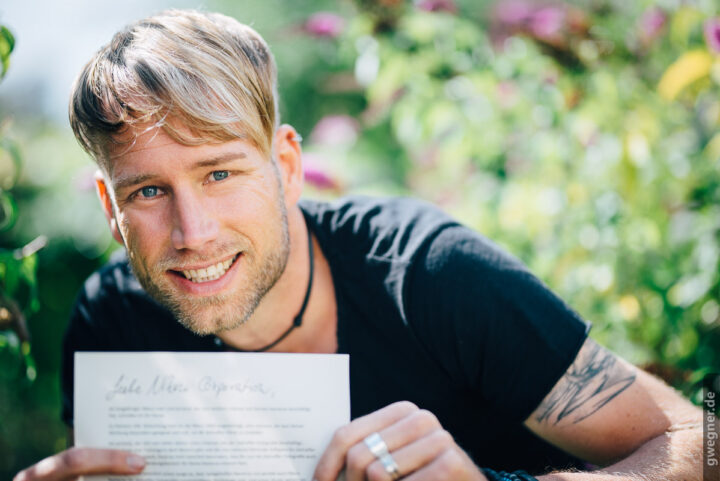
For your 100th birthday, you have announced the Nikon D850, a camera that, according to your advertisement, should be particularly suited to create 8K timelapse movies.
(→ Management summary, → German version.)
I am especially pleased that you have now finally identified timelapse photography as one of the important areas in which your cameras are being used.
In fact, for long a time, digital SLR cameras and especially Nikon cameras have become indispensable tools for timelapse photographers. Many photographers prefer Nikon cameras, because of their great sensors with high dynamic range and outstanding ISO performance. But there is a lot more to consider when you want to record a good timelapse than just using the interval or timelapse feature of your cameras.
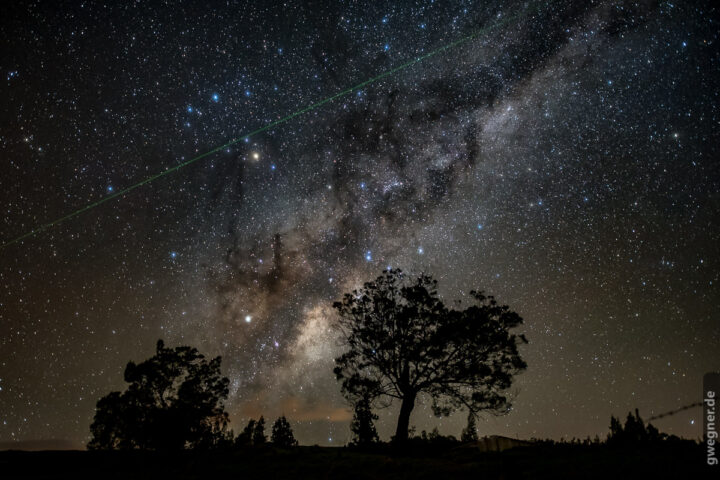
Astro image of the Milky Way with the Nikon D750. On the top left you can see the green guiding laser of the observatory on La Réunion.
For example, the timelapse function built into some of your newer cameras, which directly outputs a video, usually does not fulfill the demands of serious timelapse photographers. For high quality timelapse clips, we would prefer a dedicated RAW file based output, that gives us more freedom for editing.
Over the past few years, the timelapse community has been intensively working on developing special techniques that have brought timelapse photography to a fairly high level. Recordings, such as day-to-night and night-to-day transitions, which not too long ago were considered impossible (they are called “The Holy Grail” of timelapse photography for a reason), can now be easily done by everyone.
In order to understand our requirements as timelapse photographers, let me briefly explain which factors we consider most important for advanced timelapse:
- We want to work with exposure times as long as possible and intervals as short as possible.
- We would like to be able to operate and control the camera during a recording.
- We would like to have a preview of the last recorded image on the camera display and would like to transfer those via WiFi and USB to a smart device.
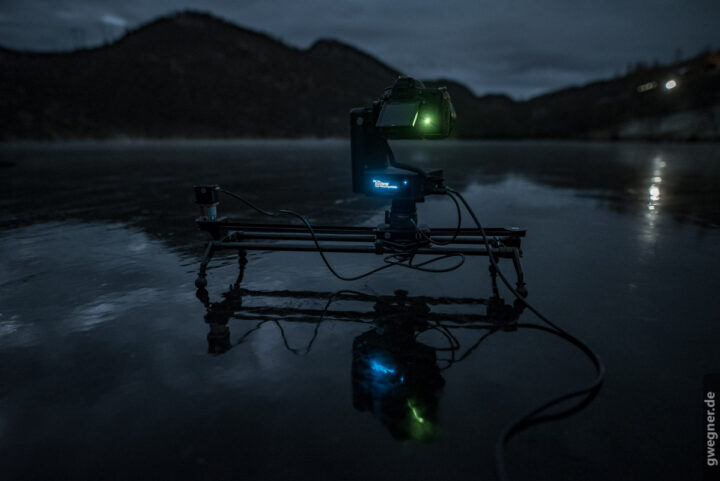
Timelapse shooting on a frozen lake in Northern Norway – waiting for the Northern Lights.
Exposure Time vs. Interval
For aesthetic timelapses, we always try to work with long exposure times. Exposure times that are at least half as long (so called 180°-shutter) and often almost as long as the intervals.
Think about the astro scenes from your last promo video for the D850. Such shots of the Milky Way need long shutter speeds, of approx. 20 seconds per shot.
At the same time, however, we would rather prefer to shoot with short intervals, because the interval with which the images are recorded will set the speed of the playback of the final clip and this should not become too fast.
Since the interval can never be shorter than the exposure time, in this example we would preferably like to work with 21 seconds, which is only a bit longer than the exposure time.
In this case, we would have a “dark-time” of only 1 second, in which the camera shutter is closed before the next exposure starts.
But also during the day, good timelapse photographers almost always work with long exposure times, often leaving a dark time of 1 second only.
For Northern Lights, and other fast moving subjects, we bring this to the limit of what’s technically feasible – intervals of one second are rather common, with even shorter dark-times.
During this dark-time, your camera must save the picture, show it on the display and provide it via WiFi and USB for external analysis.
All this already works with some of your cameras today (I guess you might be astonished now!) with an appropriate external intervalometer. But, unfortunately, not with the timelapse tools which you currently provide in your cameras.
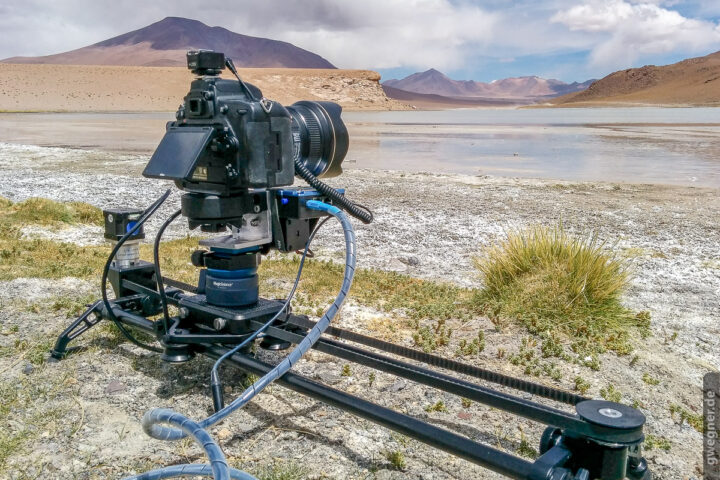
Timelapse shooting in the Altiplano, Bolivia
The built in intervalometer
Unfortunately the internal intervalometer, that we can find in most of your cameras is quite limited for purposes of effective timelapse use. When we shoot with a dark-time of 1 second with the internal intervalometer, the camera buffer fills up after a few seconds, and we can only dream about any image preview and WiFi transmission.
With any dark-time lower than 6 secs the D750 for example will not display any preview when using the built-in intervalometer. This means that a photographer who needs to have control over what he is shooting, cannot work with intervals below 7 seconds. And even then the exposure will be limited to 1 second only.
You may ask yourself why it is so important to be able to see the pictures during the recording. Well – many exciting timelapse situations span over a long period of time during which the light can change dramatically. Those dramatic changes require the photographer to control the camera exposure, but he will only know when to take action, if he sees what is being captured.
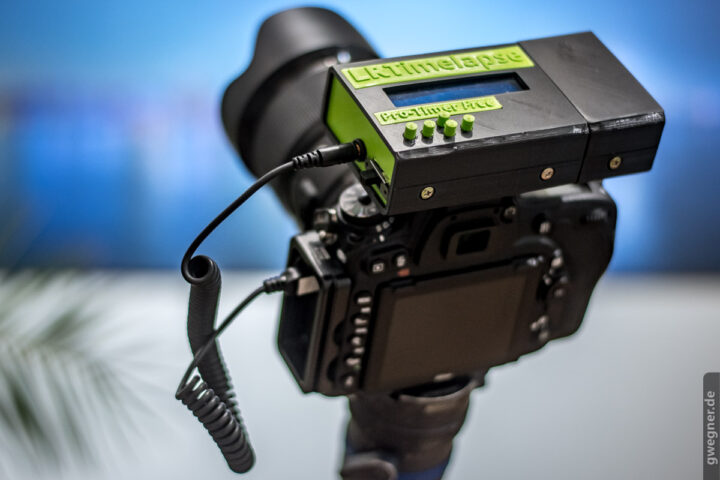
Day-to-Night Transitions
I’ve already mentioned day-to-night transitions, which we love to capture, because they mostly result in spectacular timelapses and for a long time have been a real challenge to shoot. In such situations light changes continually and very drastically, so that the camera settings have to be adjusted frequently. To be able to do this however, we need access to the images and their histogram in order to know when we have to adjust the exposure time, aperture or ISO – otherwise we would quickly get images that are over- or underexposed.
You might ask yourself why we do not work in A-mode or the P-mode, possibly in combination with the ISO-automatic?
Mostly because the metering of the camera is very volatile and changes exposure quickly on any change of the light. Furthermore the metering starts to get unreliable when it gets dark.
What we really need instead, is a shooting strategy specifically adapted to the requirements of timelapse photography. In the case of a sunset, for example, at first the exposure time has to be increased, then the aperture will be opened and finally the ISO will be increased. Additionally we would like to be able to intervene at any time, depending on the situation.
You see, this is not realizable with the tools that you provide today, but that’s okay for us. You provide cameras with the great sensors and great dynamic range, and we are the experts for timelapse photography and do the rest with our special external tools and techniques.
Controlling the Camera via WiFi
To accomplish this, most of us use special apps on smart devices, which are usually connected to the camera via WiFi. USB is possible too, but that would not work for many mobile devices, for example those with iOS.
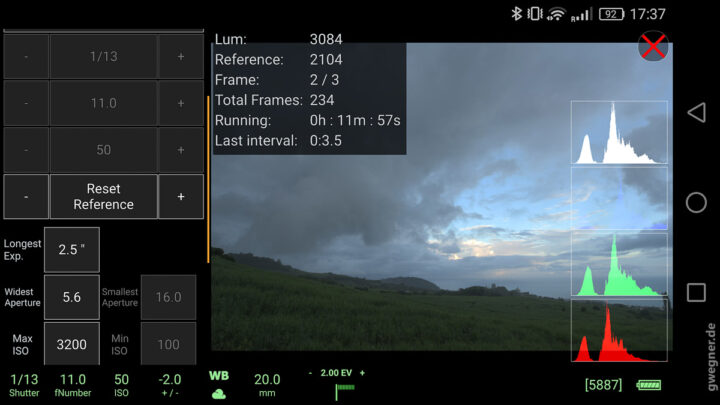
qDslrDashboard is an app that offers a special timelapse mode that allows to capture day-to-night and night-to-day transitions automatically by evaluating the camera previews and controlling the camera accordingly.
After a capture, these apps download the preview image from the camera, analyze the histogram and determine when exactly which camera parameter has to be adjusted in order that the scene will not get over- or underexposed. This control happens in such a way that the final look will be as aesthetic pleasing as possible.
The smoothing of the residual brightness jumps resulting from this so-called “ramping” process will happen in post processing with special software such as LRTimelapse.
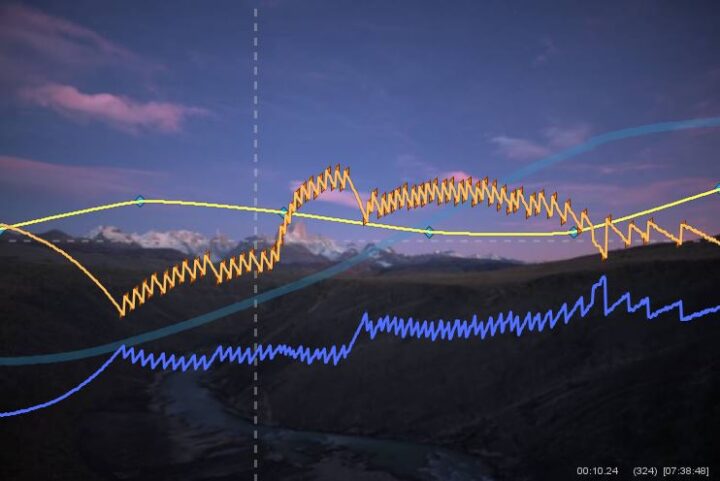
Sequence shot with automatic ramping by qDslrDashboard. The blue curve shows the luminance, the zig-zag line comes from the automatic adjustment of the camera settings. The orange curve shows the compensations that LRTimelapse calculated automatically and applied directly to the RAW files. The result is a smooth transition from night to day.
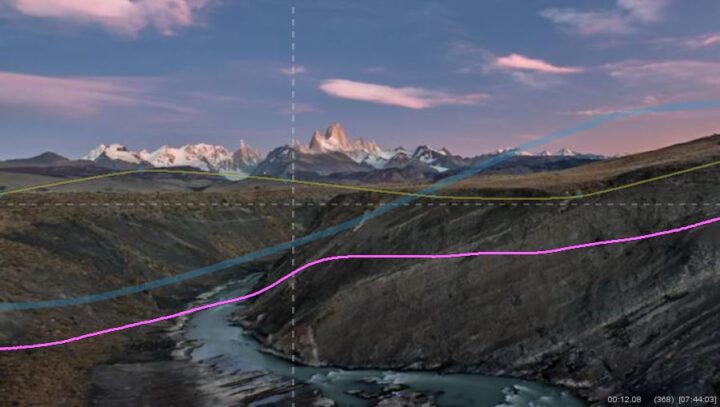
We get a very smooth transitions after the smoothing by LRTimelapse (Holy Grail Wizard and Visual Deflicker)
This procedure works great and leads to perfect results! Black times of only 1 second are possible in practical use! During this time, your cameras do not only write RAW+JPG to the memory card, but also transfer the JPG preview via WiFi to the smart device, the app analyzes it and changes exposure time, aperture or ISO within the same second. Awesome, right?
At least this was working until about a year ago! Unfortunately then you have decided to make our special tools practically useless by closing your WiFi for 3rd party apps with the introduction of “Snapbridge”.
Don’t get me wrong – I like that you are introducing with new approaches for the connection of smart devices. But it’s definitely unfortunate that you decided to exclusively allow only your own app to access the WiFi interface and blocked any special app from third party developers.
It’s even understandable that Snapbridge is still at the beginning (currently it does not even allow changing camera parameters at all) and I really wish that you will to improve this app in the future and make many users happy. But it is also clear that this will never be an app that can support all the special applications for us timelapse photographers, astro photographers, macro photographers and so on in a way like specialized tools, which were developed by experts in their area over years.
I would therefore ask you to restore the ability to work with our specialized tools. We will then continue to use your cameras with pleasure and create great, creative work with them in our special areas! Unfortunately, as of today this is not possible with any of the cameras which have Snapbridge enabled.
My request
Technically, the standard WiFi interface is also available in your new cameras with Snapbridge, and in principle it even would work with our specialized apps. Unfortunately, currently the cameras switch it off after a short time, as soon as the user switches from the Snapbridge app to another one.
Concluding, the only thing missing for us in your new cameras is the possibility to manually turn on WiFi via the menu independently of the Snapbridge App!
This is my modest request: Please give us back the possibility to use WiFi independently of Snapbridge! We would be really happy, if you could provide a firmware update for the Nikon D500, D5600 and D7500 and a corresponding implementation in all upcoming cameras. The timelapse community and all others who depend on an open WiFi implementation will continue to be faithful users of your cameras in the future!
The other issues, for example, with regard to the internal intervalometer, should be addressed, but we can easily work around them by using external tools.
However, if you really mean it with your new focus on timelapse photographers, I would like to offer you my expertise as a consultant. I’d be more then happy to help you developing a state-of-the-art timelapse solution for your cameras, leaving nothing to be desired!
Thank you for your consideration and all the best wishes for the next 100 years,
Sincerely,
Gunther
Management Summary (TL, DR)
- Nikon cameras in principle are ideally suited for timelapse photography due to their high dynamic range sensors and very good ISO performance.
- However the timelapse tools implemented in the camera are limited in some respects, mostly the intervalometer blocks the camera for too long.
- Using A-Mode and ISO automatic is not the proper technique for shooting timelapse in changing light conditions.
- For modern approaches to timelapse photography, we need special external tools, primarily a high-performance intervalometer, and secondly, a so-called “ramping” tool, which controls the camera exposure depending on the light situation.
- Such external tools have been developed in recent years and work great. For this, WiFi has been established as the main interface for camera control.
- Unfortunately the WiFi interface of all younger Nikon cameras that implement Snapbridge, can no longer be used by those tools.
- Technically the WiFi interface is still available, but it can not be accessed by external tools because it can not be switched on without the Snapbridge App.
- Nikon cameras with Snapbridge are therefore not suitable for ambitious timelapse, astro- and macro photographers, who want to control the camera via WiFi using their special tools.
- A simple solution would be to make the On/Off switch for the WiFi interface available again from the camera menu, so that WiFi could be switched on independently from Snapbridge.
A Request to my Readers!
To sign this appeal to Nikon, please leave a comment below! The more voices we have, the more force our common request will have when I send it to Nikon!
After commenting, please share this letter on your social networks so that we can reach even more people! Thank you!
UPDATE: 23.03.2019
Nikon has just released a firmware update for the D500, which also offers open Wi-Fi in addition to Snapbridge, making it one of the first real “feature updates” for a Nikon camera that’s been on the market for a while! That means, users can now freely use the D500 with qDslrDashboard and other apps. Thank you Nikon!
I still have one wish: please also update the D5600, D7500 and D850!
Here’s the firmware update. (Do not be bothered by the somewhat vague description of the innovation there, several D500 users already have tried it and confirmed to me that it works).
About the Author
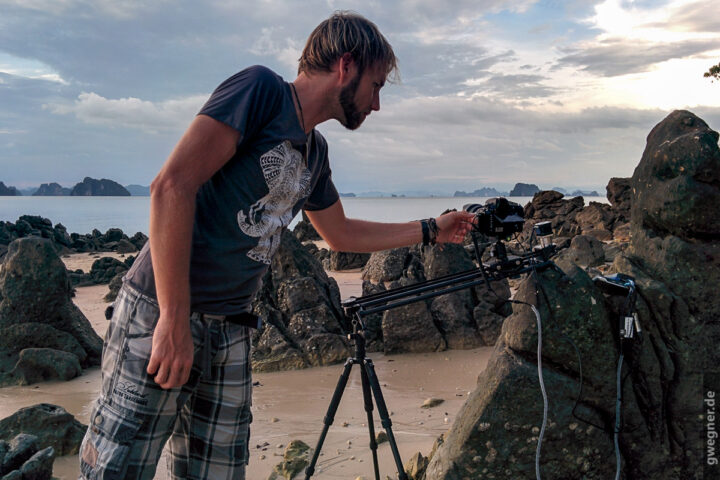
Gunther Wegner has been dedicating himself intensively to improving timelapse photography techniques for many years now. He gives workshops and trainings for amateurs and professionals and consults companies in the field of timelapse photography.
He is also the developer of LRTimelapse, the world’s leading software solution for timelapse editing. LRTimelapse is being used by professional filmmakers as well as amateur photographers around the globe. Gunther has also developed a high-performance intervalometer, which can be built freely by anyone as an open source project. In the field of external ramping devices and ramping apps, he closely works together with the leading providers of such solutions acting as a consultant.
Gunther is currently working with 2 Nikon D750s, which he considers very valuable tools for his own timelapse productions, due to their open WiFi implementation.
Examples of Gunther’s own timelapse work:
Further Information
- Gunther’s ebook about timelapse photography: EBook Time Lapse shooting and processing
- LRTimelapse.com website with many tutorials and instructions.
- The Holy Grail of Timelapse Photography: Ramping the camera settings via WiFi
- DIY intervalometer with highest performance for very short dark times.

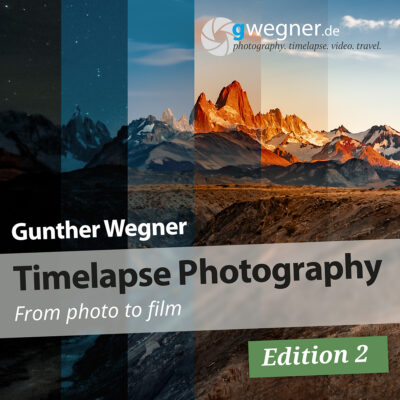
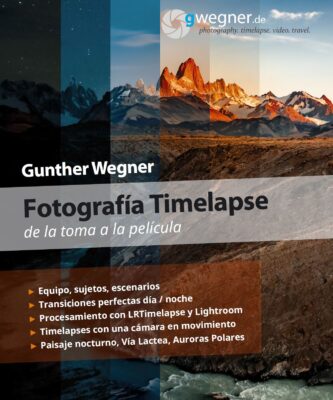
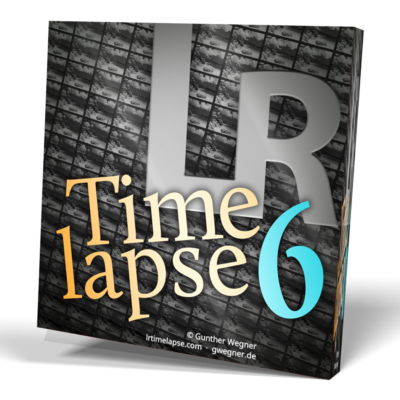



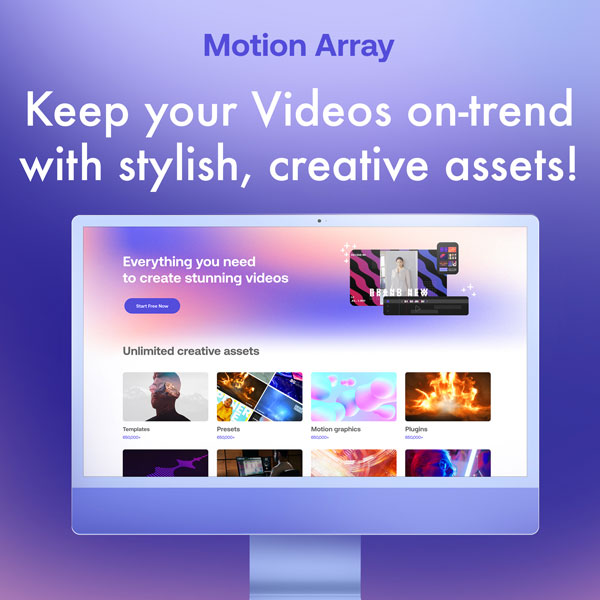

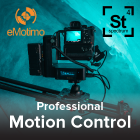
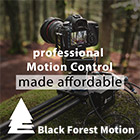
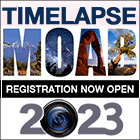
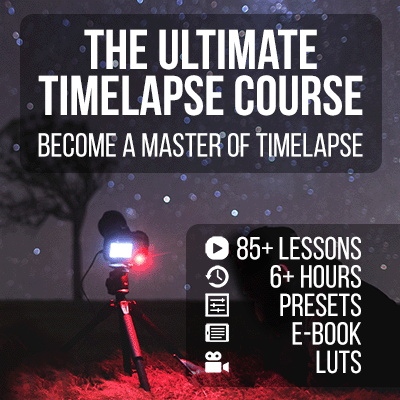
Support from Slovakia!!! D500/D850 user
Here’s my support from Italy to this open letter.
Nikon, please, fix your WiFi. Listen to your customers and make the difference.
Thank you Gunther.
I take pictures mostly on vacation and just upgraded to a D5600. With my old Nikon Camera and an Eye-Fi card, I was used to download the pictures to my tablet in the evening, to review and sort out. With D5600 and Snapbridge, it takes half the night so that I can not review, and it drains the battery power, so that I have an empty battery the next day. I am heavily disappointed. Even the dealer proposed to return the Nikon and take a Canon instead. Is it this you wanted to achieve with the crippled WIFI?
My full support for this initiative – do not wait much longer, Nikon.
Gunther can’t describe it better, we absolute need those features to create great and better time lapse video’s in the future.
…Thanks, Gunther!
…I agree with you on this….ALL camera makers must begin to understand that their higher-end models are used for a variety of specialized disciplines and functions, and Need to support the many photographers who have invested hard-earned money into their expensive products, by listening to the input of actual users like yourself who know and understand the needs and limitations of the software provided with these camera models. First of all, it is simply good customer service! Beyond that basic point, no manufacturer can anticipate how their products can and will be used, and so, really need to listen to the suggestions and demands of their end users! Without us, they have no business.
Thank you Gunther!
I also hope that Nikon should implement features in our cameras what their customer want! As you described in your review it seems to me, that it is often only a firmware issue and should be possible to be updated! I hope they will do before longtime Nikon-followers will switch to other companies.
Nikon, you make great cameras, but time after time, put out mediocre software. I’ve been using Nikon cameras for over 30 years and have never been able to use your software for any kind of professional workflow. Just leave it to those who make professional software and share your details to allow for optimal interaction
Thank’s! Ditto on adding better support!
AGREED! Ditto what was said here. It only makes sense for a professional camera to have features that professionals need rather than watered down tools that are dissatisfying and poorly regarded. We want pro features not gimmicks! PLZ Nikon
Your boi,
Gabe Carsner
I am hoping that Nikon will comply with Gunther’s very reasonable request regarding enabling WiFi on demand.
(FT3, FM2, D70, D700, D810)
Ich besitze eine Canon und eine Sony. Wenn Nikon das Wifi wieder für Drittanbieter öffnet, wechsle ich für Zeitrafferaufnahmen sofort zu Nikon. Aber nur dann…
I’ve preordered the D850 this morning, and would love to have these issues addressed by Nikon.
I pray Nikon hears our pleas.
Schade das Nikon auf manchem Gebiet die Rolle rückwärts macht. Innovation halbherzig oder in die falsche Richtung.
For the timelapse directors, the problem raised by Gunther is really a brake on the purchase of Nikon’s latest cameras. Too bad…
Nikon, please add option to turn Wi-Fi off and on via menu like you had before to allow 3rd party access beyond Snap bridge. I have a D7000 and looking to upgrade.
Jim Willis – Barrie, Ontario
Support from Canada
Yes, Thanks G, shure that Nikon can do it 4 US and 4 all,
FabLaps
Assolutamente d’accordo con quanto scritto da Gunther. Dalla mia prossima Nikon vorrei ancora di più. Interfaccia con Smartphone o Tablet via USB, cosi da risparmiare ulteriormente sulla durata della batteria.
Well said Gunther. I agree. Thank you.